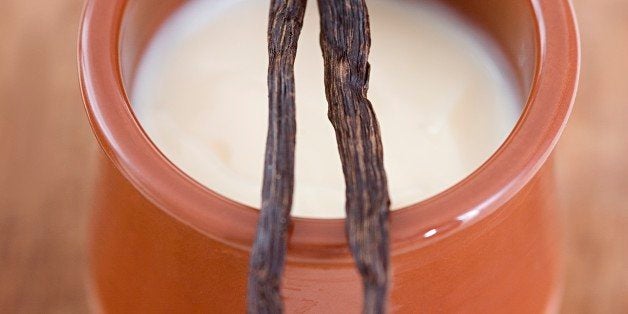
Vanilla is one of those powerful ingredients we use all the time, but probably take for granted. Whether it's vanilla extract in your chocolate chip cookies or scraped vanilla beans for custard or ice cream, vanilla is called for in all kinds of recipes. With so many uses and so many different types of vanilla -- from "Bourbon" to Mexican -- vanilla is an omnipresent ingredient whose value cannot be overstated.
As ubiquitous as vanilla is, however, its origin isn't known to everyone. Do you know where vanilla comes from? Vanilla's origin story is anything but... er... vanilla.
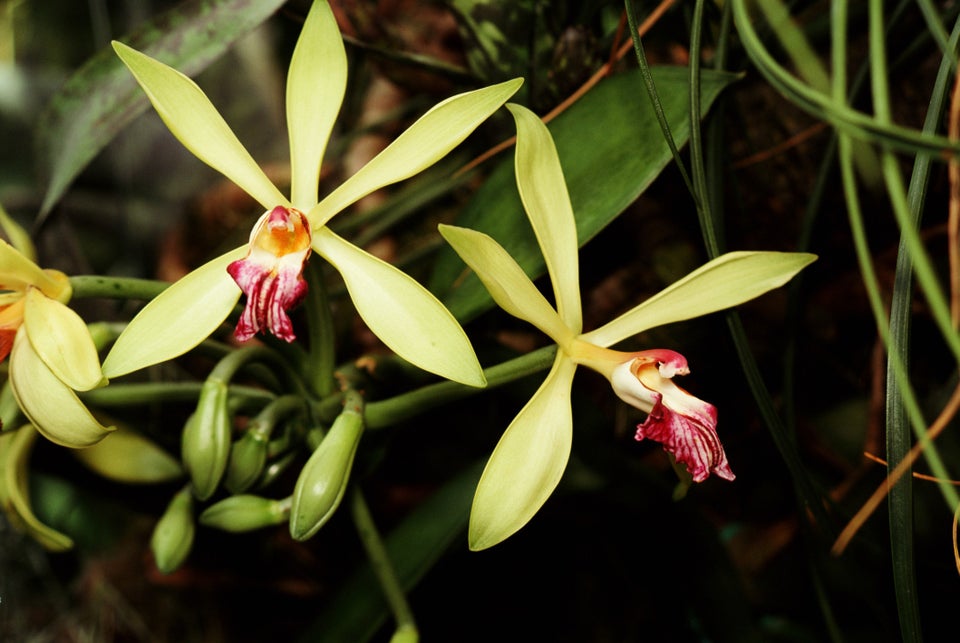
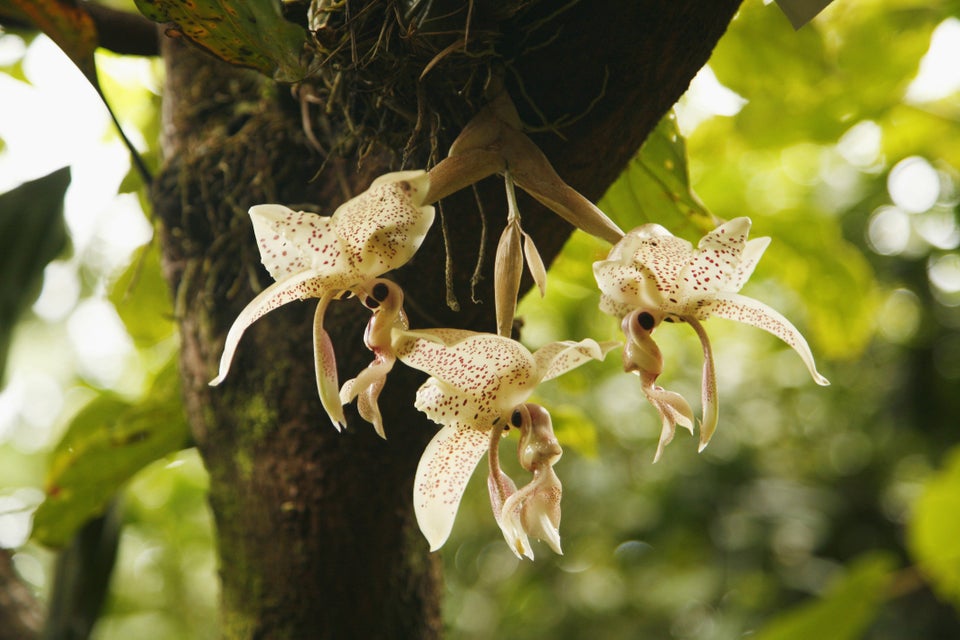
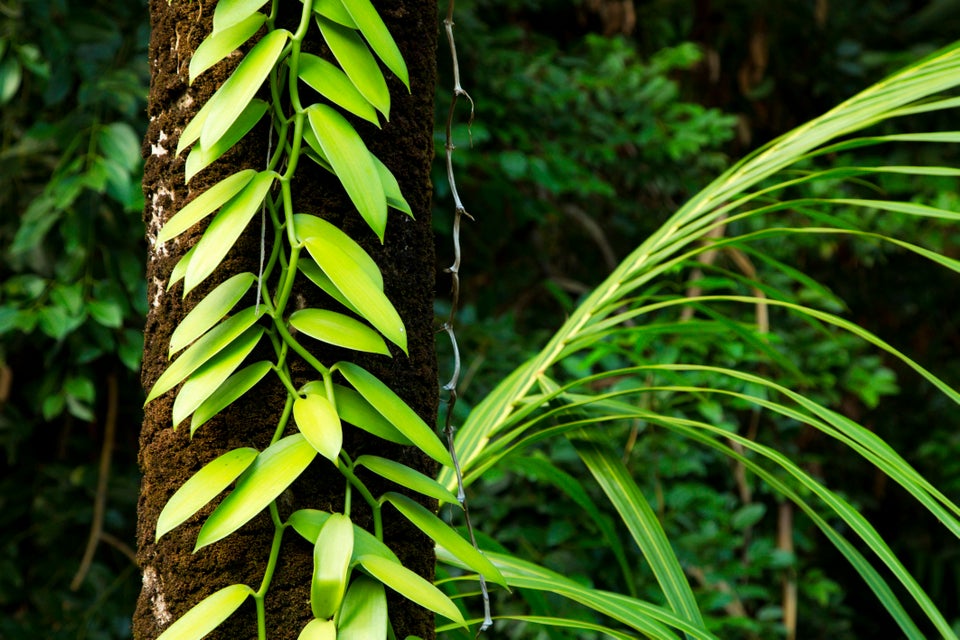

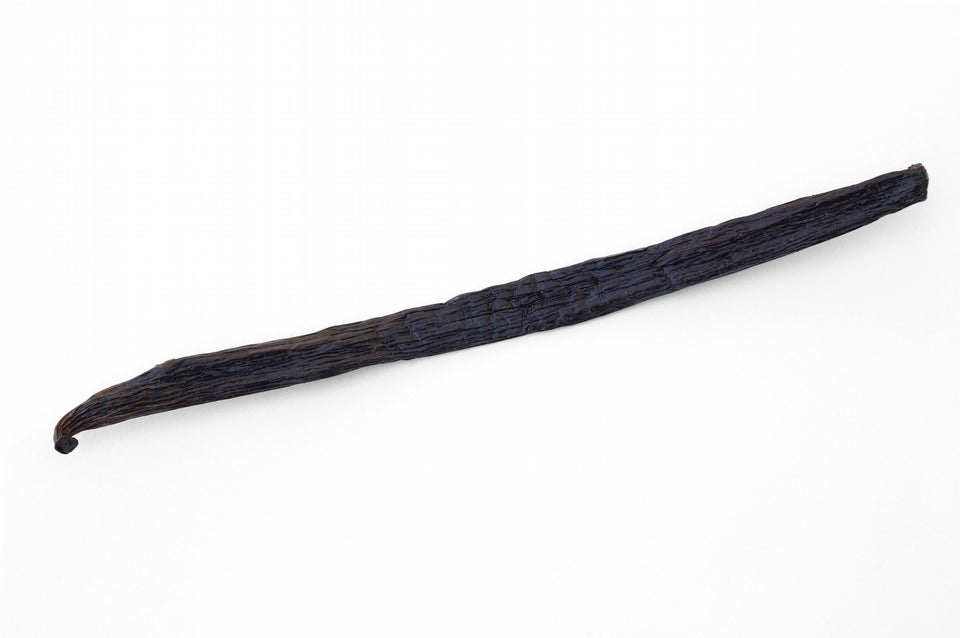
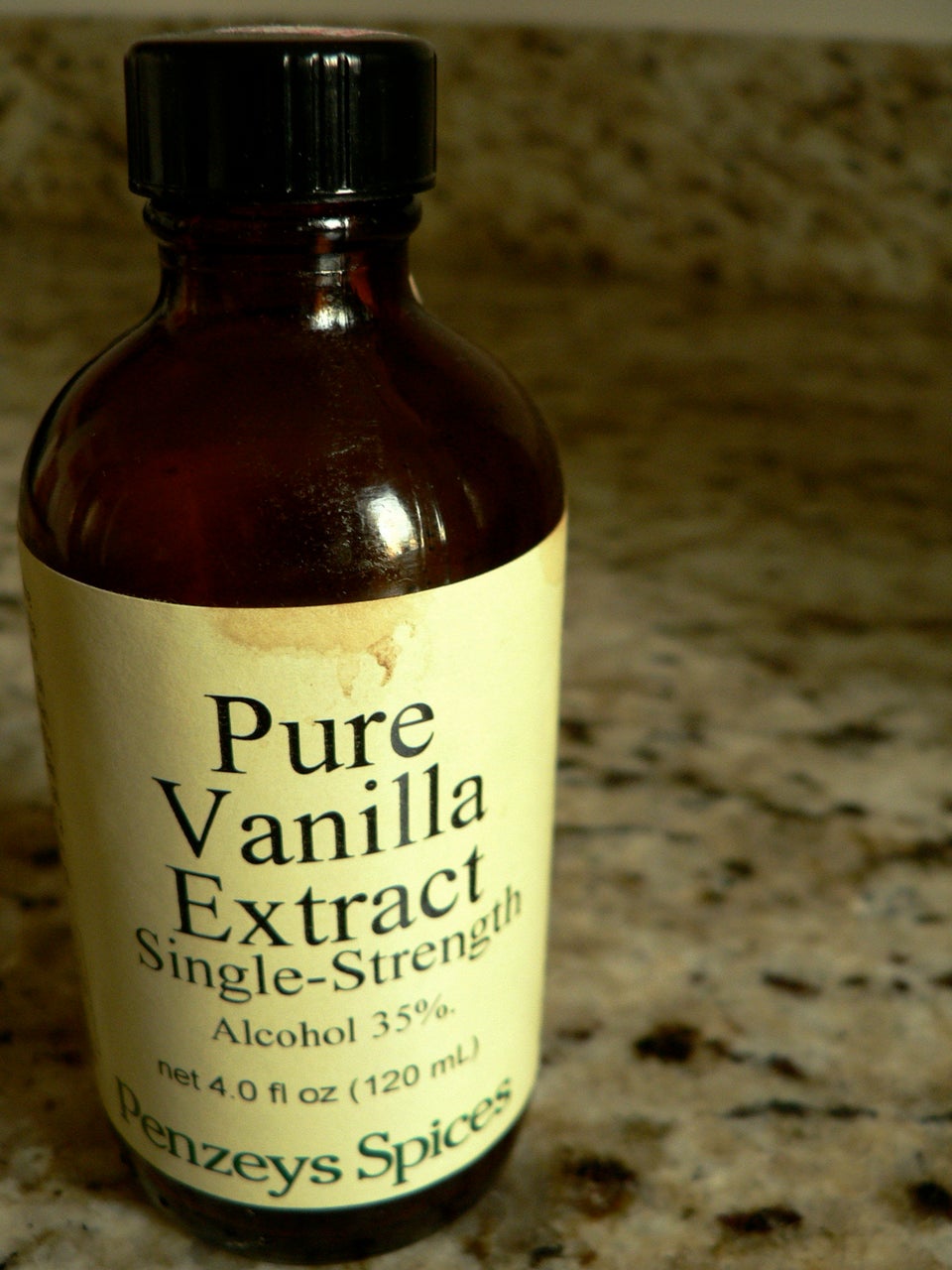
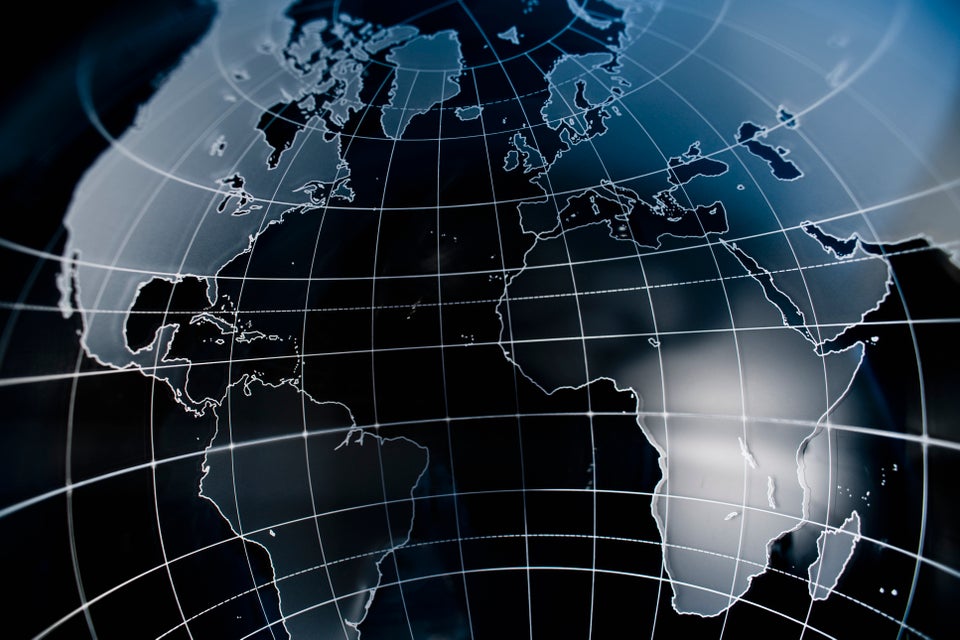
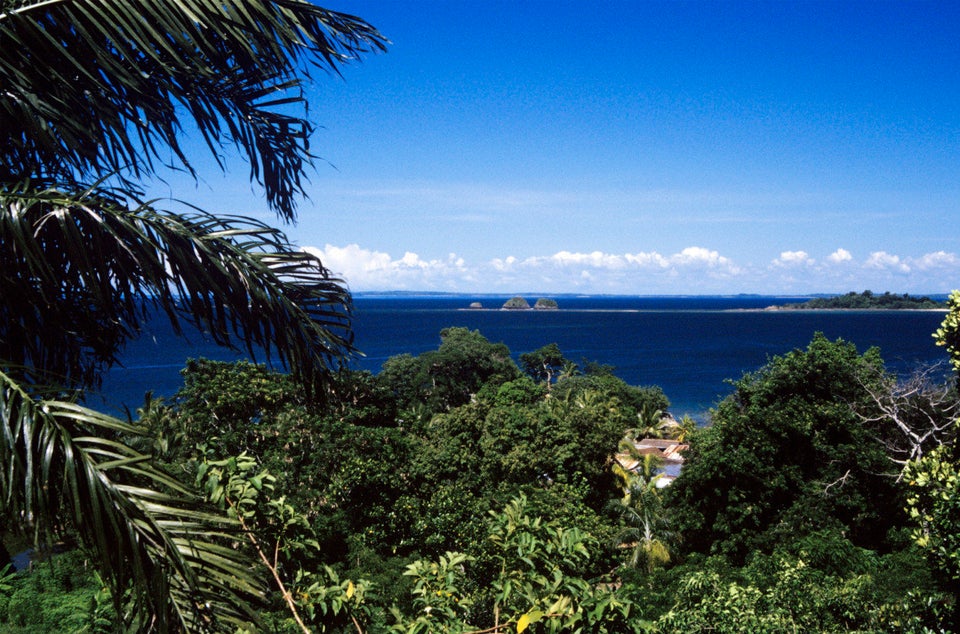
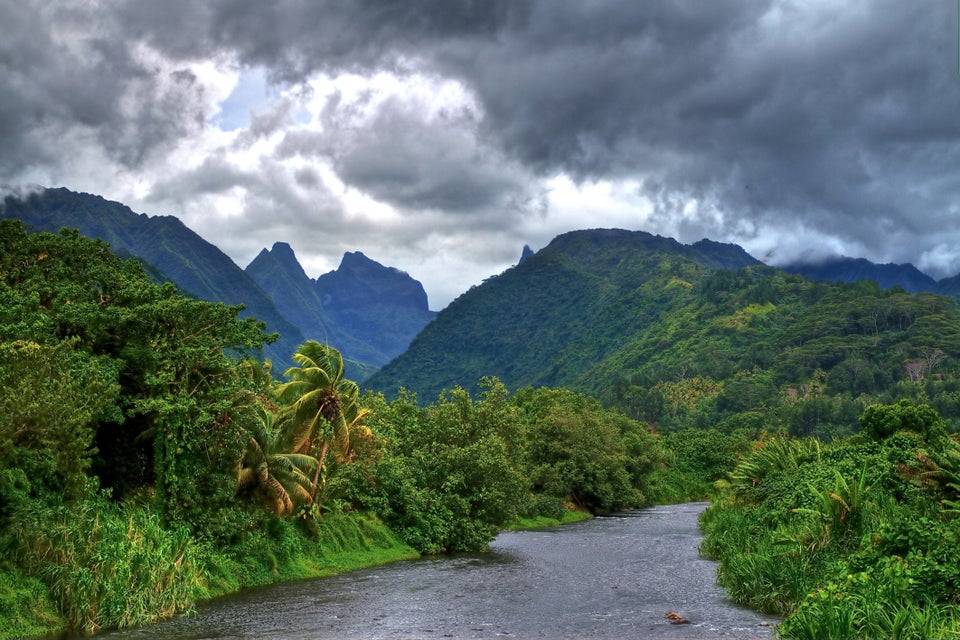
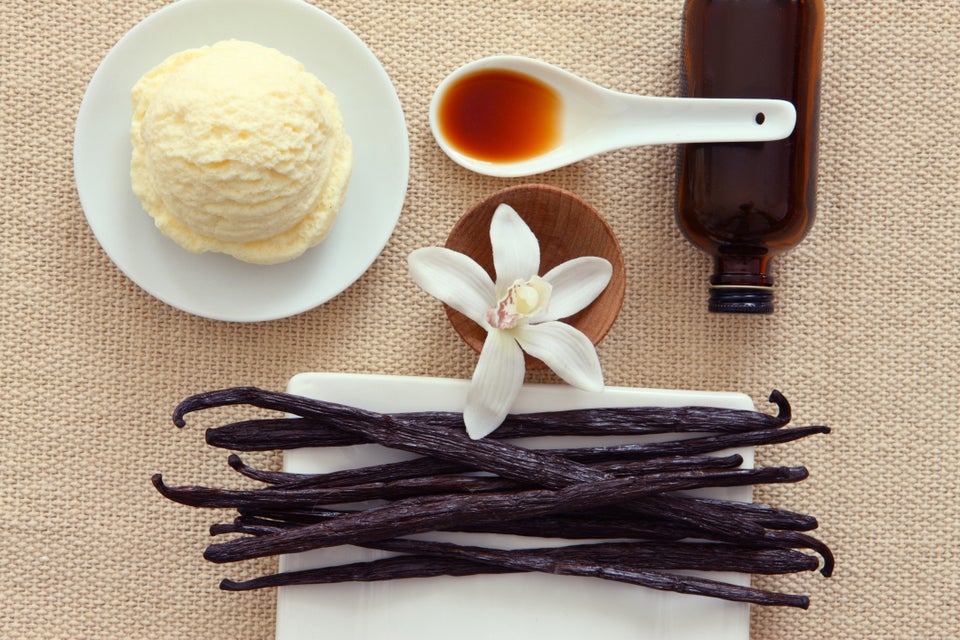
While chocolate may be superior to vanilla in all ways, vanilla is still pretty great. The fact that it comes from a beautiful, delicate orchid makes it that much better.